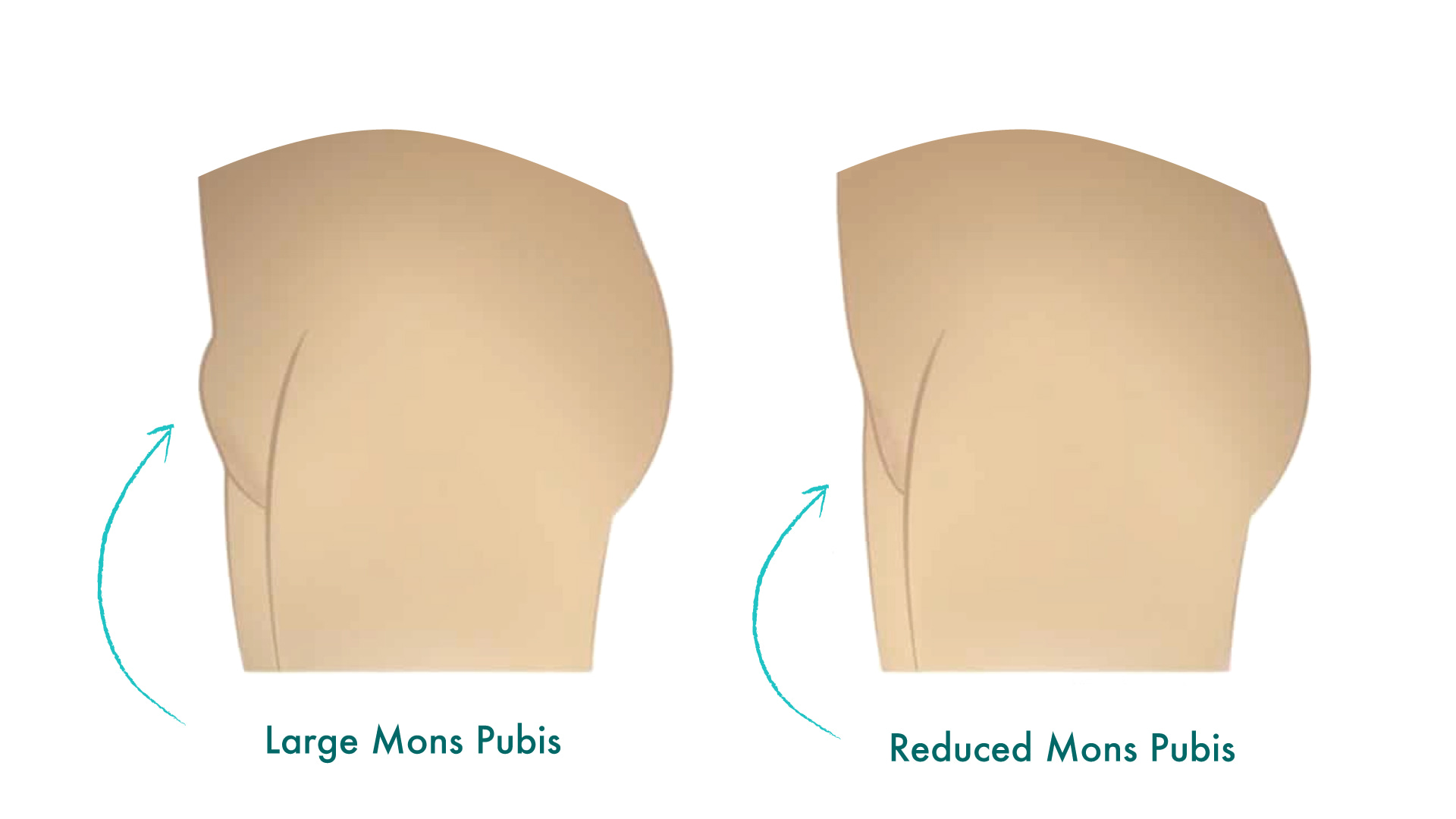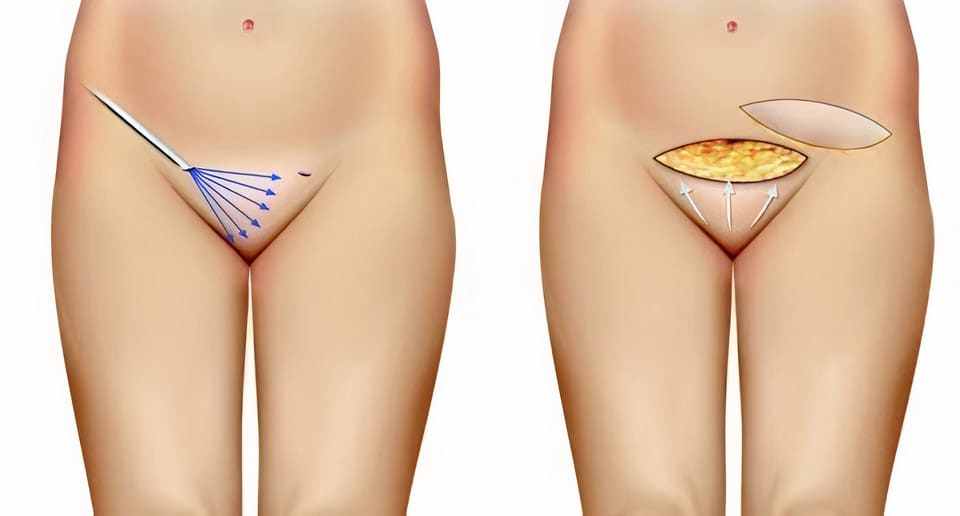FUPA, or Fatty Upper Pubic Area, is a common concern for many individuals seeking a more contoured lower abdomen. Whether caused by weight gain, pregnancy, aging, or genetics, excess fat in the upper pubic region can affect confidence and comfort. This guide explores the causes, symptoms, and proven strategies to reduce FUPA through lifestyle changes, exercises, and medical treatments.

What Is FUPA?
FUPA refers to the accumulation of fat in the mons pubis, the area just above the pubic bone. While some fat in this region is normal, excessive fat or sagging skin can create a noticeable bulge that may be resistant to diet and exercise.

Common Terms and Variations
- Fat Upper Pubic Area
- Mons pubis fat
- Panniculus (medical term for excess lower abdominal fat)
- Lower belly pooch
Causes of Fatty Upper Pubic Area
Understanding the root causes of FUPA is essential for choosing the right treatment approach.
Primary Causes
- Weight Gain: Excess calories and sedentary lifestyle lead to fat accumulation in the lower abdomen.
- Pregnancy: Hormonal changes and stretched abdominal muscles contribute to fat deposits and skin laxity.
- Aging: Reduced collagen and slower metabolism cause skin sagging and fat retention.
- Genetics: Some individuals are predisposed to store fat in the pubic region.
- Hormonal Imbalances: Elevated cortisol or insulin levels can promote abdominal fat storage.
- Surgical History: Procedures like cesarean delivery may alter fat distribution and skin elasticity.
Symptoms and Appearance
FUPA may present differently depending on body type and severity.
Typical Signs
- Visible bulge above the pubic bone
- Sagging skin or loose tissue in the lower abdomen
- Difficulty fitting into tight clothing
- Skin irritation or chafing in the pubic area
- Reduced confidence in swimwear or intimate settings
How to Get Rid of FUPA Naturally
While spot reduction is a myth, targeted strategies can help reduce overall body fat and tone the lower abdomen.
Lifestyle Changes
- Balanced Diet: Focus on whole foods, lean proteins, healthy fats, and fiber-rich vegetables.
- Caloric Deficit: Reduce daily calorie intake to promote fat loss.
- Hydration: Drink at least 2 liters of water daily to support metabolism and reduce bloating.
- Stress Management: Practice yoga, meditation, or deep breathing to lower cortisol levels.
Effective Exercises for FUPA Reduction
These exercises strengthen the core and improve muscle tone in the lower abdomen.
1. Forearm Plank
Engages deep core muscles without straining the lower back.
2. Leg Raises
Targets lower abdominal muscles and improves pelvic stability.
3. Bicycle Crunches
Activates obliques and deep core muscles for enhanced fat burning.
4. Bridge Pose
Strengthens glutes and lower abs while improving posture.
5. The Hundred (Pilates)
Boosts circulation and tones the entire abdominal region.
Medical and Cosmetic Treatments for FUPA
For individuals with stubborn fat or excess skin, medical procedures may offer more dramatic results.
Non-Invasive Options
- CoolSculpting: Freezes and eliminates fat cells in the pubic area.
- Radiofrequency Therapy: Tightens skin and reduces fat using heat energy.
- Ultrasound Cavitation: Breaks down fat cells with sound waves.
Surgical Procedures
- Liposuction: Removes fat from the mons pubis through small incisions.
- Monsplasty (Pubic Lift): Removes excess skin and fat for a flatter appearance.
- Abdominoplasty (Tummy Tuck): Tightens abdominal muscles and removes excess skin.
- Panniculectomy: Removes hanging skin and fat after significant weight loss.
Recovery and Maintenance
Post-treatment care is crucial for long-term success.
Recovery Tips
- Wear compression garments as advised
- Avoid strenuous activity for 4–6 weeks
- Maintain a stable weight to preserve results
Long-Term Maintenance
- Continue healthy eating and regular exercise
- Monitor hormone levels with medical guidance
- Stay hydrated and manage stress effectively
Final Thoughts
FUPA is a common and treatable condition that affects both men and women. Whether you choose natural methods or medical procedures, consistency and self-care are key to achieving lasting results. Consult a qualified healthcare provider to determine the best approach for your body and goals.




















